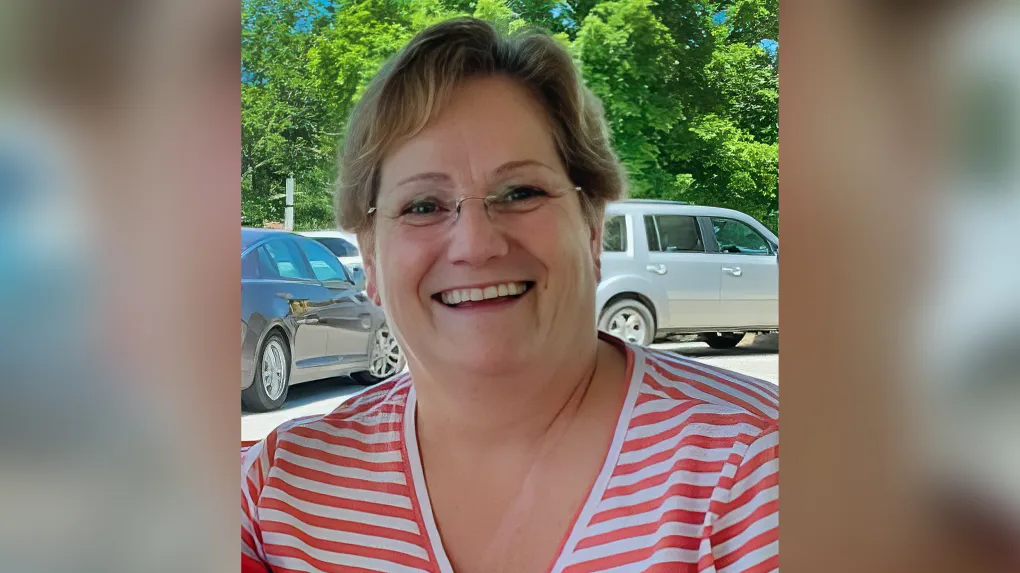Product Review: Home Care Worker Safety
by Kristin Rowan, Editor
If you haven’t been following our recent reports, you may have missed last week’s article on the Home Care Worker Safety Bill that was passed in Connecticut. You may also have missed the article reporting that OSHA levied fines against Elara Caring, the home health agency where Joyce Grayson worked. If you did, take a minute to go back and read those updates. Changes are coming to home health and home care.
We’ve been reporting on these important updates as we believe new regulations on Home Care Worker Safety will be coming nationwide. If OSHA can penalize a home health agency for failing to protect the safety of an employee, then protecting the safety of an employee is required, by default.
Home Care Worker Safety Industry
We’ve been meeting with and researching about home care worker safety since the first article about Joyce Grayson. There are several on the market as stand-alone equipment and/or SaaS services. Many existing SaaS companies are adding GPS tracking, visit check-in/check-out, and other safety and risk items to their suite of services as well.
Background
AJ Leahy had a close friend who was attacked on a college campus. First responders were called, but they didn’t have his exact location. The extra time it took responders to reach him contributed to his death. AJ concluded that the current emergency system is dangerous and broken. AJ didn’t want anyone else to have the same experience. Thus, he created POM (Peace of Mind) Safe Company.
AJ soon realized that the length of time it takes first responders to reach a victim is only part of the problem. He sought to create a system that would not only connect you with the help you need, but deter and de-escalate violence. After all, AJ surmised, the best outcome is not for first responders to reach you, but for first responders not being needed in the first place.

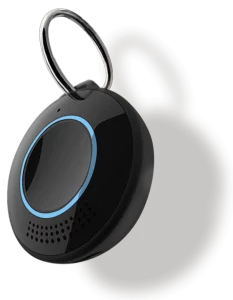
Home Care Worker Safety in the “POM” of Your Hand
POM safe is a portable, two-way communication safety device paired with an app that bypasses the need to use your phone to call 911. Using a series of taps, the POM Safe device can deter and de-escalate violence and dispatch the appropriate help. The POM 3 (pictured left) is a wearable fob with a 10-day battery life between charges and is connected to your mobile data or WIFI connection through a cell phone. The POM Mobile (pictured below) device carries its own SIM card and remains independent of a cell phone.
Emergency Response
POM Safe has built-in, two-way communication that connects a home care worker to a dispatcher. Even if the clinician can’t speak, the dispatcher can hear the situation and deploy appropriate actions. When the two-way communication is activated, the device send a GPS signal along with profile information directly to the dispatcher. When needed, the dispatcher contacts emergency response services to arrive at the precise location.
Beyond Emergency Response
Reaction addresses the need for intervention after an act of violence has occurred. Proaction attempts to remove the need for the intervention at all. The proactive safety features of the POM Safe device include:
- Fake phone call
- Press a button on the device and your phone rings
- Answering the call tells a would-be attacker that someone knows where you are and who you are with
- Check on Me
- Use the POM Safe device to start a timer
- If you don’t confirm your safety within that time, help is alerted
- Appointment Sync
- POM Safe integrates with your scheduling and appointment data
- Your precise location is sent to dispatchers and emergency responders
- One-Tap Text
- With one tap, a pre-written text is sent to alert dispatcher of your need for help
- GPS location is sent with the text
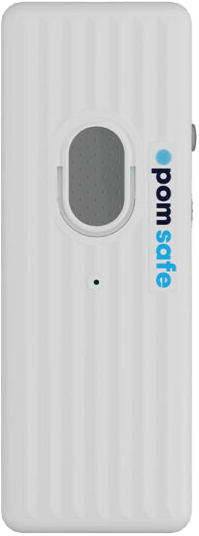
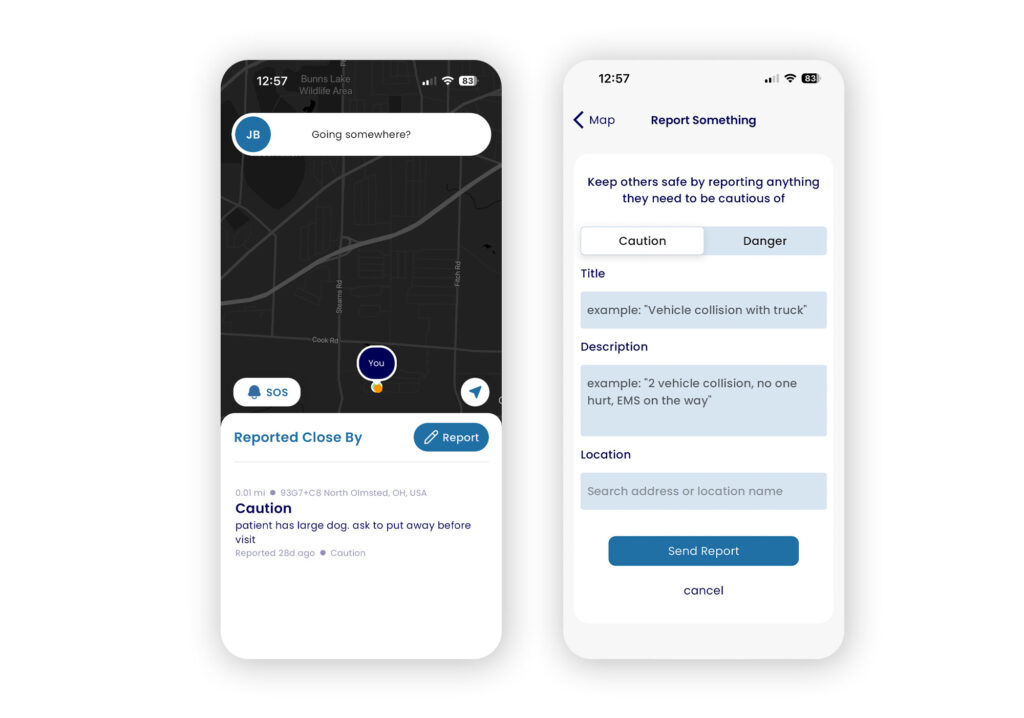
Home Care Worker Safety Network
One of the requirements in the Home Care Worker Safety Bill passed in Connecticut is to provide your clinicians with information about the neighborhood of each client. Crime rate, safety, registered offenders (coming soon), and other safety information about the neighborhood aid in the overall risk assessment of the client.
The POM mobile app includes the “360 Safety Network”, combining a crowdsourced alert system with third-party safety data. Your clinicians can also report additional safety concerns and receive real-time notifications if a new alert flags their location.
Customizable Programming
Each home health and home care agency will have their own protocols, emergency contacts, and preferences for home care worker safety. When you adopt the POM Safe system, devices are customized and programmed to your agency’s specifications. You can set the “Check on me” timer for shorter or longer visits. GPS settings can be turned off at custom set times so you’re not tracking your clinicians in their off hours. Your clinicians can add their own family members to their connections and you can allow them to custom set what each button-click type will do.
Organizational Monitoring
POM Safe links to a safety dashboard for the agency. At a glance, you can see all of your users, alerts, and appointments. It also includes a user message center, customizable user assignments, daily health check, and more.
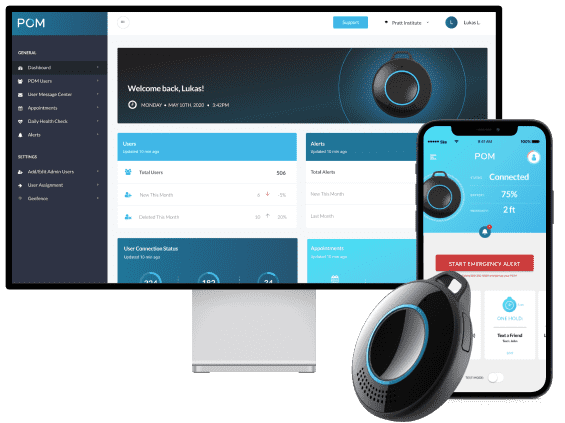
Final Thoughts
Whether you contact POM Safe or another safety device company, it is imperative that you implement a safety program in your organization. This should include a committee, de-escalation training, self-protection training, employee assistance programs for mental health support, and a wearable/personal safety device that is GPS-enabled and connected to emergency response systems.
# # #


Kristin Rowan has been working at Healthcare at Home: The Rowan Report since 2008. She has a master’s degree in business administration and marketing and runs Girard Marketing Group, a multi-faceted boutique marketing firm specializing in event planning, sales, and marketing strategy. She has recently taken on the role of Editor of The Rowan Report and will add her voice to current Home Care topics as well as marketing tips for home care agencies. Connect with Kristin directly kristin@girardmarketinggroup.com or www.girardmarketinggroup.com
©2024 by The Rowan Report, Peoria, AZ. All rights reserved. This article originally appeared in Healthcare at Home: The Rowan Report. One copy may be printed for personal use: further reproduction by permission only. editor@therowanreport.com

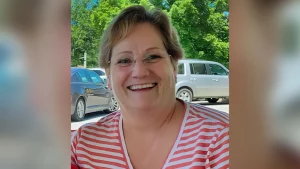 Joyce Grayson murder during a home health visit, leadership in Connecticut aimed to safeguard home health and home health aide workers and collect risk assessment data on the same.
Joyce Grayson murder during a home health visit, leadership in Connecticut aimed to safeguard home health and home health aide workers and collect risk assessment data on the same.
